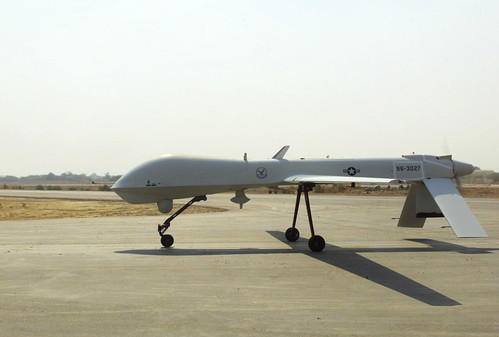
As the United States enters the twelfth year of the War on Terror, the counterterrorism effort has challenged the premises of international law. Unmanned Aerial Vehicles (UAVs) armed with Hellfire missiles with targeting capabilities have replaced special forces and manned aircraft as the U.S. tactic of choice against militants. According to the American Security Project, the U.S. military operates UAVs in declared combat zones—Afghanistan, Iraq and Libya—while the CIA operates covert UAV programs in Pakistan, Somalia and Yemen. These programs raise concerns about oversight, international human rights, and international laws governing warfare. If the White House doesn’t address concerns regarding the most recent UAV attacks in Yemen, the U.S. risks setting a dangerous precedent for UAV warfare worldwide.
The Long War Journal estimates that the U.S. has carried out three times as many strikes this year as it has in previous years against Al Qaeda in the Arabian Peninsula. The increase of covert UAV activity in Yemen raises many important questions: How are the targets decided? Who authorizes the strikes? Are the strikes legal?
John Brennan, the White House counterterrorism adviser, argued that UAV warfare is legally justified under Article 51 of the UN Charter and militarily advantageous because it is low cost and limits casualties on both sides. He argues that capturing insurgents is impossible due to AQAP’s asymmetric tactics and Yemen’s difficult terrain. The U.S. military contends that UAV warfare is a moral necessity. UAVs are more precise and efficient than military alternatives like bombs, air strikes and ground troops. In April John Brennan stated: “there is nothing in international law that bans the use of remotely piloted aircraft, or that prohibits us from using lethal force against our enemies outside of an active battlefield, at least when the country involved consents or is unable or unwilling to take action against the threat.”
